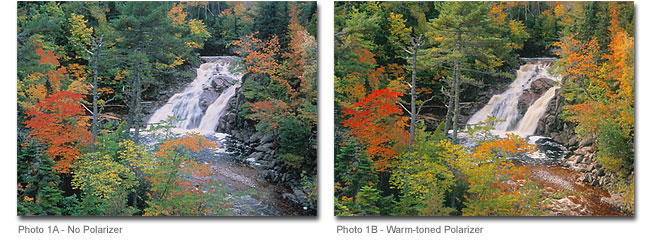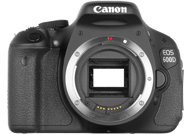This week, I decided to look at camera filters and their effects on landscape photography.
There are many types of filters that can be used to manipulate how the camera interprets exposures and colors. One of these is the GND, or graduated neutral density, filters. These filters are especially useful for the landscape photographer since often times in a scene the sky will be much brighter than the ground. The GND filter allows the photographer to darken the sky by a few stops while keeping an optimum exposure for the ground, allowing both the sky and ground to be viewed in a proper exposure without creating dark shadows or blowing out the sky. This effect can also be done in post-production if the photographer combines several photos of the same scene taken at different exposure values. However, if something moves in the scene between shots (like a blade of grass blowing in the wind) then that object will become blurred in the blended shot (called ghosting). Here is an excellent article describing the use of the GND filter versus exposure blending from landscape photographer Christopher O'Donnell:
http://christopherodonnellphotography.com/gnd-filters-vs-exposure-blending/
In addition to GND filters, polarizing filters can be useful in landscape photography. A polarizer can bring out warm or cool tones in a scene, emphasizing the changing colors of leaves or a bright sunset. Polarizers are also helpful on overcast days to add some "pop" to a scene with flat or gray lighting. Photographers can also use multiple filters at the same time; for example, one can create a unique effect with the proper exposure from a GND filter while simultaneously emphasizing warm tones from a warm tone polarizer. Here is a great article describing the use of filters in nature photography from the Nature Photographer's Online Magazine (the before and after photos shown here are worth checking out!):
http://www.naturephotographers.net/dw0502-1.html







